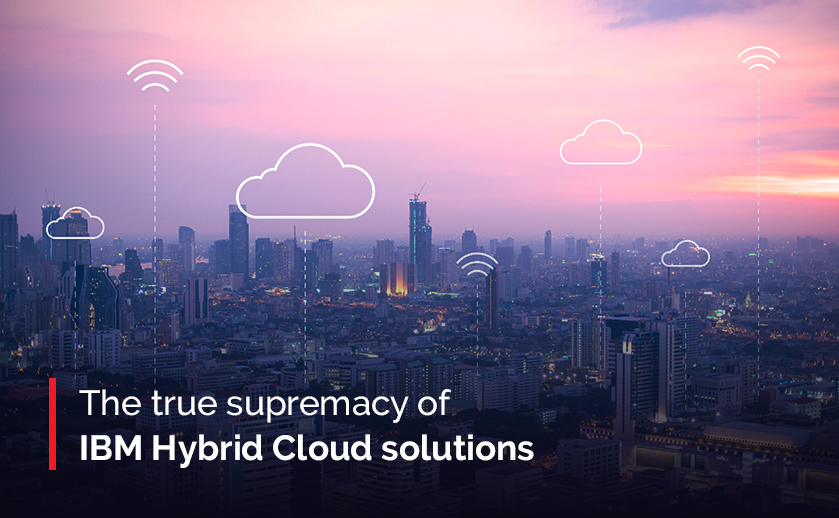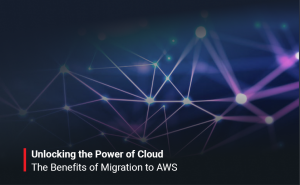For organizations that are looking to invest in IT modernization, the hybrid multi-cloud is the latest player in town. It allows you to get the best of all environments. Of course, the public cloud is valued for providing customer-facing applications, on-premises the private cloud is prized for securing data and celebrated for fast access to on-site features as well.
Honing the existing abilities for both essential business demands and agility can result in cost efficiencies too. It is because handling critical workloads on-premise can help a business save big on frequently used data. Let’s have a look at the various advantages of the hybrid cloud environment.
Security
The incidences of data breaches have increased drastically during the pandemic. Thus, fool-proof securing of all enterprise data is vital to maintaining customer confidence and protecting crucial business data. It is equally as important as being able to prove to regulators that all client data is completely protected. Keeping secured data on-premises and allowing fast access from cloud applications is a good practice; expanding the security of data into both public and private clouds enhances flexibility. Users have the choice to select how and where their data is stored inside the organization with a hybrid cloud environment, it is crucial to keep it secured regardless of the location.
Agility
A hybrid cloud environment helps you to speedily deploy applications to satisfy client demand and utilize business opportunities. It makes data and applications more accessible to a wider range of users. And, it also provides the users the capability to integrate their on-premises apps and data with the public cloud to make all data and applications securely available.
Integration
Eliminate all data silos so that the core business applications and data can enable new development and bring forward new insights across your business. Group together applications closer to the data to allow rapid processing and insights- right from data generated by IoT devices or corporate data- simultaneously ensuring that business-critical data continues to remain in the most protected environment.
Mobility
Build latest cloud-native apps using containers so that they can be hosted on both public and private clouds. It allows users to deploy applications on the correct platform and exploit existing resources. Launching these applications via Kubernetes can help users handle cloud complexity while reducing cost. Key to all of these factors is the flexibility of the open-source and a common operating environment that is free of infrastructure and can run anywhere- right from on-premises private clouds to the entire value chain.
Cost
Hybrid cloud allows optimized placement of workload and resource sharing that can help in both predictable costs of software purchases, licensing costs, and datacenter, along with the cost of satisfying demand spikes. A hybrid method is perfectly flexible for the life of the organization.






